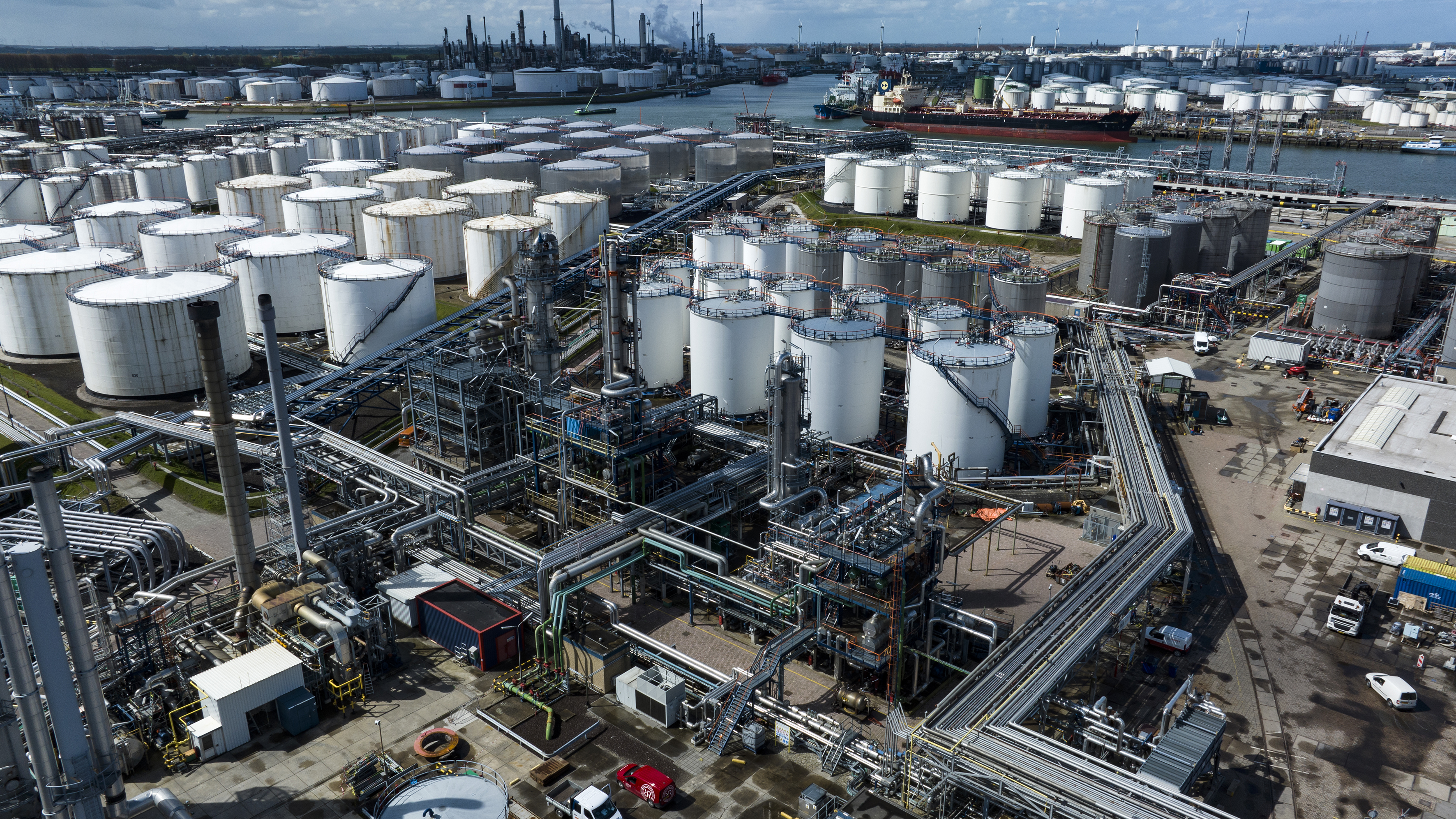With more than 50 years of experience in distilling products, Koole Tankstorage Botlek continues to innovate. After a preparatory period in which engineering, research and discussions with customers came together, Koole Terminals has decided to invest in a second distillation unit in the PID where Sustainable Aviation Fuel (SAF) will be produced.

Business Unit Director at Koole Terminals, Michiel Flier: “Now is the time for customers who want to enter the SAF market to start a conversation.
Michiel Flier explains this substantial expansion of SAF distillation capacities at KTB: “We have successfully been distilling SAF with our current unit for three years. We are increasing our production from just under 200,000 tons to about 650,000 tons of feedstock per year. A new milestone for Koole and a great step forwards towards sustainable aviation
Unique position
Construction of the new unit has already begun. “The main driver for us, of course, is the mandate from the EU for blending bio jet fuel into regular jet fuel. By 2030, 6% bio jet fuel must be blended into jetfuel. Right now, installations are being built all over the world to meet that demand.”
Koole Tankstorage Botlek has a unique position in this, Michiel elaborates: “We already have the facilities, knowledge and experience. Our new unit will be operational in early 2025, so we can also scale up quickly.”
KTB offers customers the opportunity to enter the renewable fuels market through toll-distillation, without having to make large investments in building new facilities. That means customers can also enter on a smaller scale.

Experience and research
KTB offers more than distillation alone: “In our lab, we have a miniature mock-up of our towers, which we use to investigate yield potential for a customer’s specific feedstocks. In our 50 years of experience, we’ve gained a lot of knowledge about the parameters of products, what you can ultimately get out of them and what you can do with them.”
There is great interest among customers, Michiel says: “There are already customers who have committed to volumes. There is still room, but the demand we see is high. So now is the time to start a conversation with us about this, if customers also want to enter this market from 2025.”
